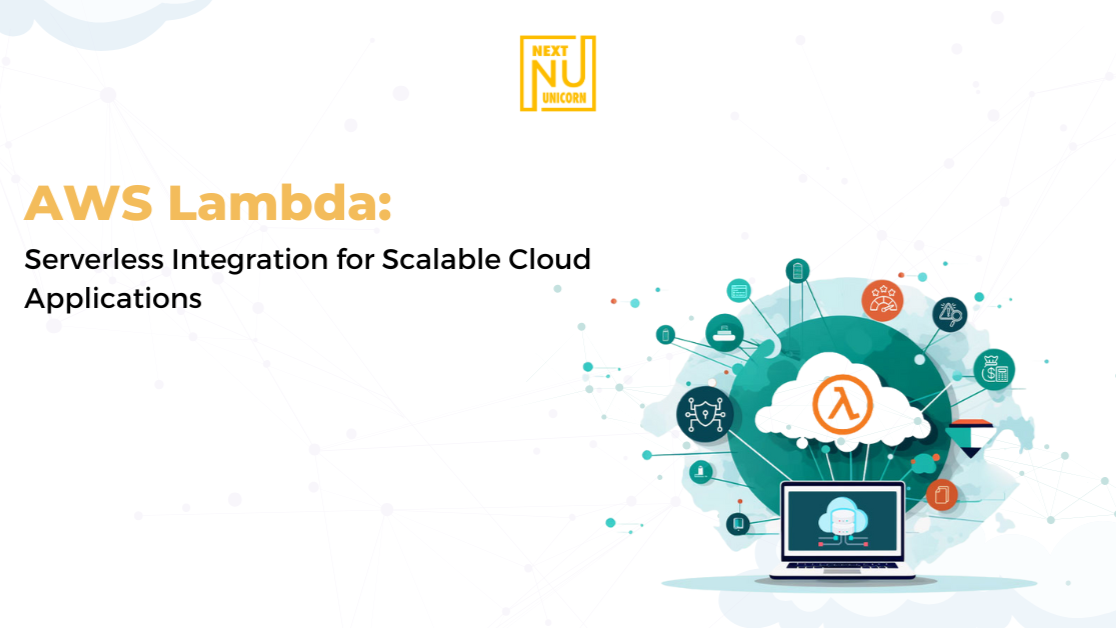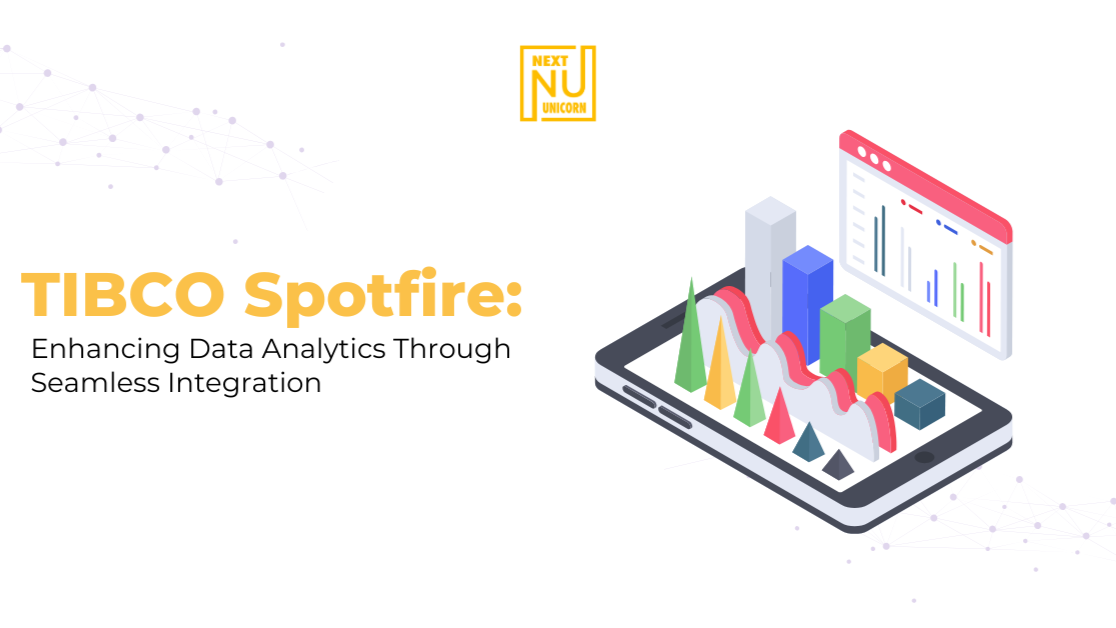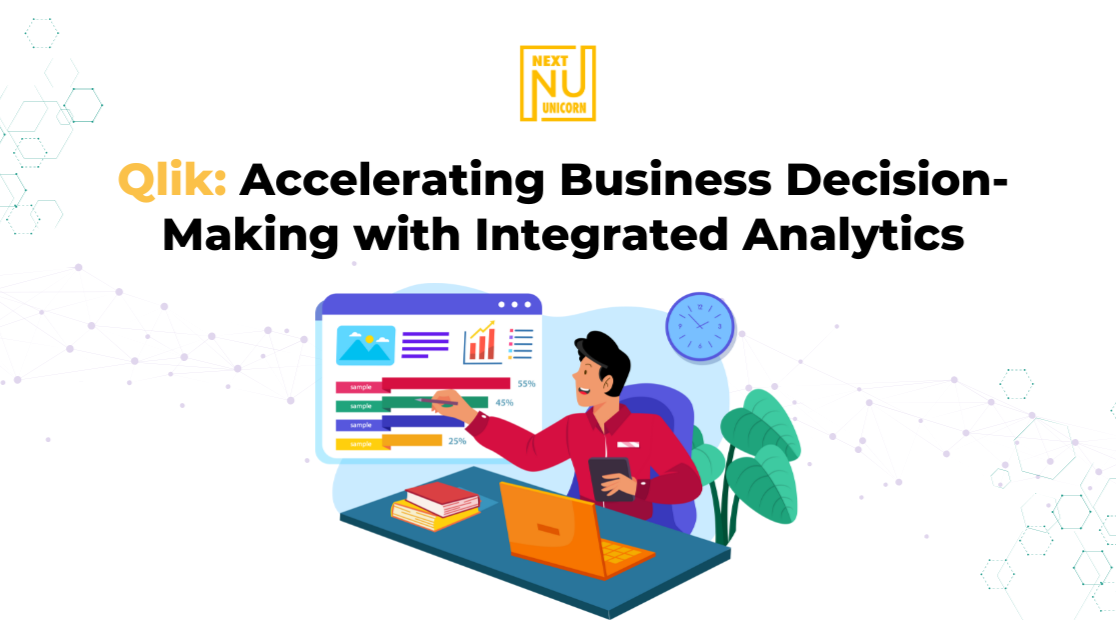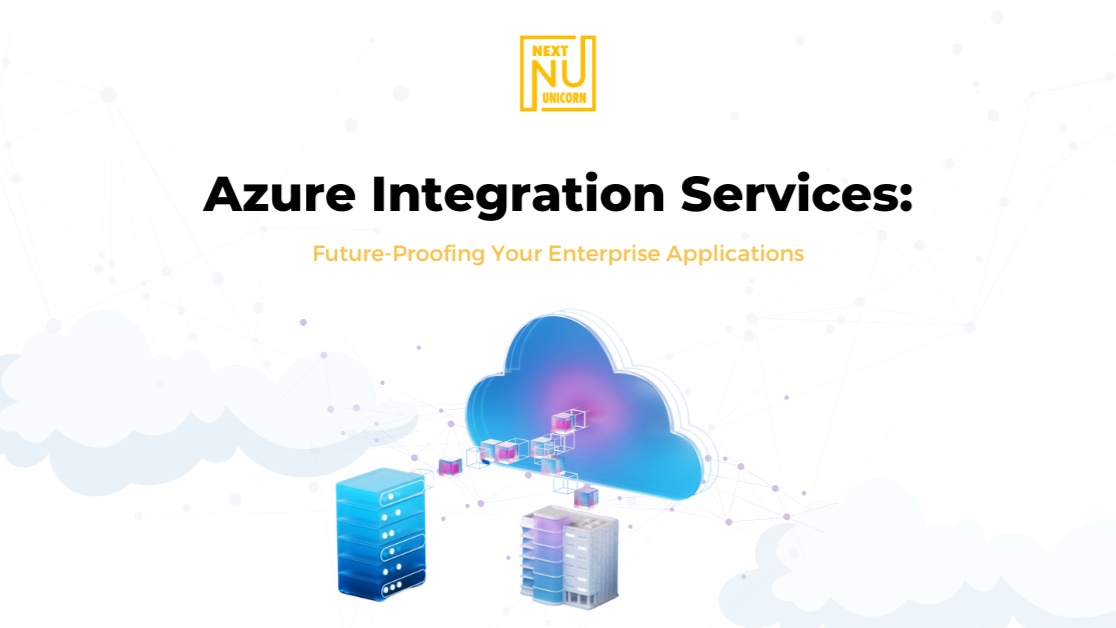


As cloud technology evolves, businesses increasingly seek ways to innovate, reduce operational costs, and achieve scalability. AWS Lambda, a cornerstone of Amazon Web Services (AWS), revolutionizes how cloud applications are built and managed by offering a serverless computing platform that removes the burden of infrastructure management. This enables developers to focus solely on writing code, making it a perfect solution for those looking to build scalable cloud applications.
In this article, we’ll explore how AWS Lambda leverages serverless computing to deliver seamless cloud integration, drive event-driven architectures, and offer unparalleled scalability for businesses. We’ll dive deep into its core functionalities, how it fits into the cloud ecosystem, and why it’s a game-changer for modern application development.
What is AWS Lambda?
AWS Lambda is a serverless computing service that automatically manages the underlying infrastructure needed to execute your code. With Lambda, there’s no need to provision, scale, or manage servers, enabling developers to run code in response to events such as HTTP requests, file uploads to S3, or database updates. You only pay for the compute time you consume, with billing calculated in milliseconds, making it highly cost-effective for applications that experience variable workloads.
In simpler terms, AWS Lambda eliminates the traditional concerns of server management. This allows developers to focus entirely on writing business logic without having to worry about server provisioning, scaling, or fault tolerance.
Key Features of AWS Lambda:
- Event-driven architecture: Lambda functions can be triggered by events from a wide variety of AWS services such as S3, DynamoDB, API Gateway, and many more.
- Scalability: AWS Lambda automatically scales by invoking the appropriate number of function instances in response to the incoming events.
- Pay-per-use model: You are billed only for the compute time used by your function, which is measured in 100ms increments.
- Language support: AWS Lambda supports multiple programming languages, including Python, Java, Node.js, Go, and Ruby, among others.
- Integration with AWS services: Lambda functions can seamlessly integrate with a broad range of AWS services, providing complete cloud integration for diverse applications.
Serverless Computing: A Paradigm Shift
Serverless computing, which AWS Lambda exemplifies, has redefined the way developers approach cloud applications. Unlike traditional cloud computing models where you must manage servers, serverless abstract infrastructure management from the user. This brings about several advantages:
1. No Infrastructure Management
The traditional model of managing cloud applications often requires setting up servers, managing operating systems, and ensuring they scale as demand increases. With AWS Lambda, all of this is handled automatically. Developers only need to write the application code and deploy it. The servers are fully abstracted, and the AWS Lambda runtime ensures your application functions efficiently at any scale.
2. Event-Driven Architecture
One of the most powerful features of AWS Lambda is its event-driven architecture. A Lambda function can be triggered by a variety of events. Whether it’s a user uploading an image to an S3 bucket, changes to a database in DynamoDB, or an HTTP request hitting an API Gateway endpoint, Lambda seamlessly integrates with other AWS services, making it a core component for building event-driven applications.
Event-driven architecture enhances the flexibility of applications, allowing them to respond to real-time data changes, user interactions, or specific system events. For example, an e-commerce website can trigger a Lambda function every time an order is placed, kicking off a series of automated workflows for inventory management, billing, and notification systems.
3. Cost Efficiency
One of the standout benefits of AWS Lambda’s serverless model is its cost-effectiveness. In traditional architectures, you’re often paying for idle server time or over-provisioning to handle traffic spikes. With AWS Lambda, you only pay for the compute time consumed, down to the millisecond. This means when your application isn’t running, you’re not paying, resulting in substantial savings, particularly for applications with inconsistent workloads.
Scalability with AWS Lambda
Scalability is one of the defining characteristics of AWS Lambda, and it plays a critical role in ensuring applications can meet demand fluctuations without manual intervention.
1. Automatic Scaling
AWS Lambda automatically scales with incoming traffic by invoking as many instances of your function as needed to handle the load. There is no limit on the number of requests that can be processed simultaneously, allowing Lambda to support highly demanding workloads without pre-configuring server capacity.
For example, during peak traffic periods, Lambda will spin up multiple instances of the function to process the incoming requests. Conversely, during quieter periods, Lambda scales back, saving costs while maintaining performance. This elasticity ensures that your applications can handle sudden traffic spikes effortlessly.
2. Horizontal Scaling
Lambda enables horizontal scaling by executing multiple instances of your function concurrently. Whether it’s a high-volume API request load or a complex batch processing task, Lambda handles it without the need for manual configuration. This flexibility is key for building applications that can seamlessly grow with your business without the worry of infrastructure bottlenecks.
3. Integration with Other AWS Services
AWS Lambda tightly integrates with other AWS services such as Amazon SNS, SQS, Kinesis, and RDS, making it easier to build scalable, distributed, and fault-tolerant applications. The integration facilitates real-time data processing and ensures that various components of your architecture can communicate efficiently, even under heavy workloads.
For example, an IoT application might use AWS Lambda in conjunction with Amazon Kinesis to process streaming data from thousands of IoT devices in real time. This seamless integration enables you to build highly responsive applications that scale automatically in response to event-driven data.
AWS Lambda and Cloud Integration
AWS Lambda serves as a powerful integration layer between different cloud services, allowing organizations to create seamless workflows that span multiple AWS products and third-party services.
1. API Gateway Integration
AWS Lambda integrates with Amazon API Gateway to build fully managed RESTful APIs. API Gateway handles the API request routing, security, and throttling, while AWS Lambda handles the business logic in a serverless manner. This integration is ideal for building microservices architectures where different Lambda functions handle specific tasks within the API request flow.
2. Data Processing Pipelines
Lambda can be used to process data from services like Amazon S3 or DynamoDB in real time. For instance, when a new file is uploaded to S3, a Lambda function can be triggered to validate, transform, or move that data to another storage service, such as RDS or Redshift, making Lambda a critical component in building real-time data processing pipelines.
3. Hybrid Cloud Integration
AWS Lambda is also a powerful tool for businesses running hybrid cloud environments. By using AWS Lambda with AWS Direct Connect or VPN, you can trigger serverless functions from on-premise infrastructure, enabling seamless interaction between cloud and on-premise systems. This creates a unified environment where applications can operate across different infrastructures, reducing latency and enhancing user experience.
Benefits of Using AWS Lambda for Scalable Applications
1. Agility and Speed of Development
With Lambda’s serverless model, developers can quickly build and deploy applications without worrying about infrastructure. AWS Lambda’s quick-start templates and easy deployment mechanisms allow businesses to rapidly prototype, test, and scale their applications.
2. Resiliency and Fault Tolerance
AWS Lambda automatically handles the availability of your application by distributing requests across multiple availability zones. In the event of a failure, Lambda can retry failed executions, ensuring the resilience and reliability of your applications.
3. Improved Application Performance
By breaking down large monolithic applications into smaller, event-driven components, AWS Lambda enables improved performance and modularity. This makes it easier to pinpoint bottlenecks and optimize specific functions for better overall application performance.
4. Security Integration
AWS Lambda supports fine-grained access control policies via AWS IAM, making it easy to define who can invoke your functions and under what conditions. Lambda also integrates with AWS Key Management Service (KMS) for secure key management, adding another layer of security to your applications.
Conclusion
AWS Lambda represents a shift in how cloud applications are developed and scaled. By removing the need to manage infrastructure, embracing an event-driven architecture, and enabling automatic scaling, Lambda makes it easier than ever to build responsive, highly scalable cloud applications. Whether you’re handling unpredictable workloads, integrating multiple cloud services, or looking to reduce operational costs, AWS Lambda offers a flexible, efficient, and cost-effective solution.
As serverless computing continues to gain momentum, AWS Lambda is poised to remain a cornerstone of cloud application development, enabling businesses to innovate, scale, and meet the demands of modern computing environments. By embracing AWS Lambda, companies can future-proof their applications and position themselves for success in the dynamic world of cloud technology.











